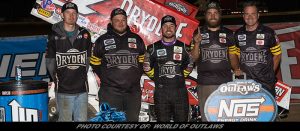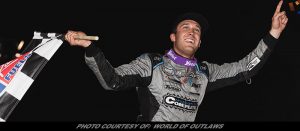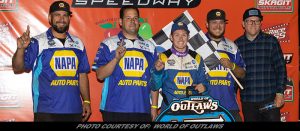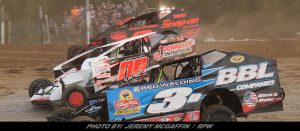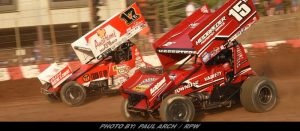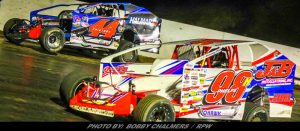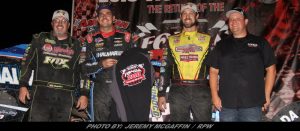Sprint Car Industry Announces Rule Changes For 2019 Season
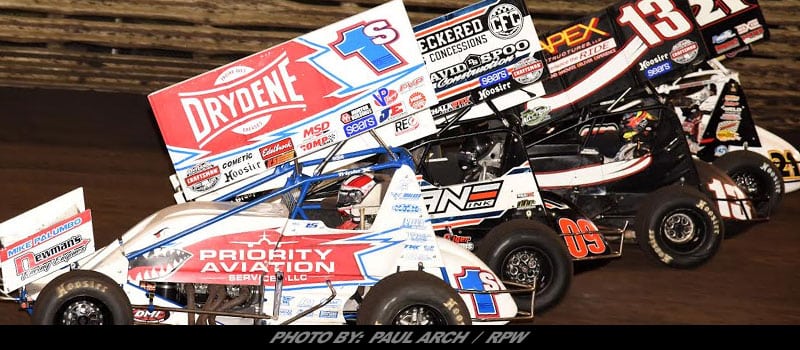
Story By: ANTHONY CORINI / WORLD OF OUTLAWS – CONCORD, NC – The World of Outlaws Craftsman Sprint Car Series and the newly-formed Sprint Car Council today announced rule changes for the 2019 racing season. The changes, structural in nature, are part of the ongoing effort to apply technological advances in the design and manufacture of equipment to enhance competition and safety.
“We review our rules each year and make adjustments as new learnings and technologies become available to us,” said Series Director Carlton Reimers. “These changes, overall, are a minimal cost to drivers and are a positive step.”
The Sprint Car Council, composed of major 410 sanctioning bodies and race tracks, met earlier this week to review and adapt recommendations coming out of the Chassis Builders meeting during the Knoxville Nationals earlier this month.
Changes will affect the following components:
- Chassis support bars
- Slip Joints
- Wing T-post
- Steel LF Radius Rod and Rod Ends
- Left and Right Nerf bars
- Elimination of bolt to bolt axle tethers
- Securing fuel cells
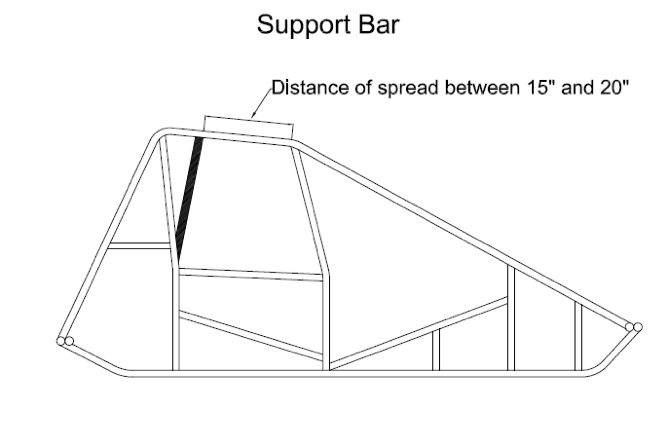 Chassis Support bars
Chassis Support bars
In 2019 all chassis will be required to have additional bars installed to support and decrease the span between the front and rear uprights. The new support bars must be an addition to the front and rear uprights. Any attempts to manipulate the front and rear uprights to conform to these measurements will not be tolerated or allowed at the discretion of World of Outlaws Series Officials. The left- and right-side support bars do not have to be the same. These additional bars will be minimum 1.375 X .083 ASTM4130 normalized steel or equivalent material as per World of Outlaws current rule 15.5.U.
Left- and right-side support bars may be one of two forms a “Curved Support Bar” similar to current “safety bar” used in some chassis’ or a “Support Bar” similar to the World of Outlaws Craftsman Sprint Car Series 2018 Rules Bulletin #2 dated March 8, 2018.
The Curved Support Bar will attach to the top rail to create a span between 15” and 20” from the front upright to the support bar. This measurement will be made from the rear point of the front upright to the forward point of the support bar. It will attach to the hip rail and have a gusset attached above the curve to the rear upright at the point opposite of the rear brace/shock mount bar. The outer most point of the curve will be between 4” and 7” measured from the outer edge of the uprights.
The Support Bar will be attached to the top rail to create a span between 15” and 20” from the front upright. This measurement will be made from the rear point of the front upright to the forward point of the support bar. The bottom of the Support Bar will attach to the rear upright at the point opposite of the rear brace/shock mount bar.
Right side body opening shall remain the same per rule 15.7.J in the World of Outlaws Craftsman Sprint Car Series Rule Book.

Slip Joints
Slip joints will no longer be allowed in any form. Bolted or clamped slip joints will no longer be allowed. If a current chassis has a slip joint, it will have to be welded the full circumference of the tube to become solid.
Wing T-post
Wing T-post will be built from 1” X .083” minimum ASTM4130 normalized steel or equivalent material. No parts made from castings will be allowed on any wing t-post. Wing attachment designs will be subject to approval.
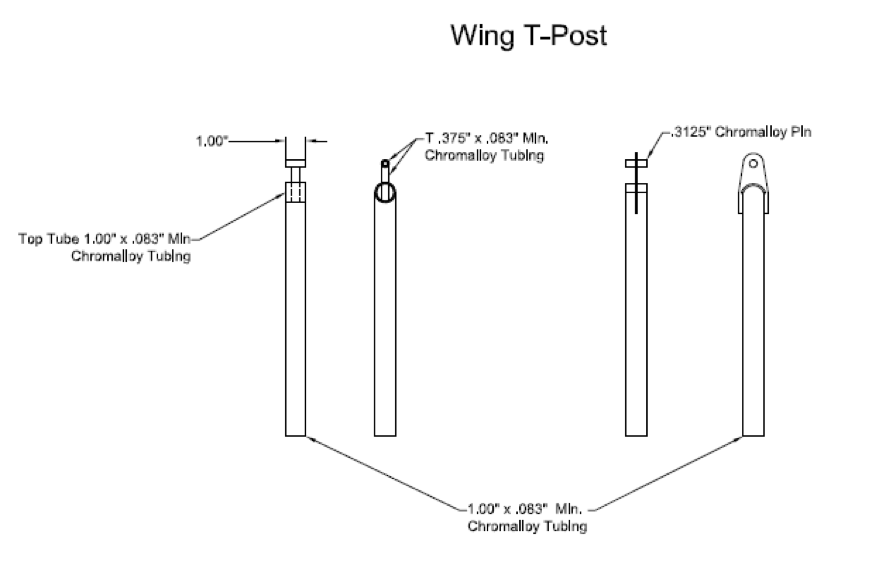
Steel LF Radius Rod and Rod Ends
LF radius rod are to be made of 4130 steel with steel rod ends.
Left and Right Nerf bars
All left and right side nerf bars must attach to the chassis at 3 points. Two point side nerf hoops will no longer be allowed.
Elimination of bolt to bolt axle tethers
2019 will be the last year axle tethers will be attached to the radius rod bolt on the axle. January 2020 all axle tethers will either wrap around or clamp to the axle.
Also in 2019, all axle tethers will be required to attach to the front engine plate post or the rear bolt of the front radius rod and not the radiator post per manufactures instructions.
Securing Fuel Cells
We are considering some ideas to better secure fuel cells and keep them attached to the chassis during crashes. Some ideas being considered are to strengthen the existing mounting points, tethers and additional mounting points. More information to follow.


